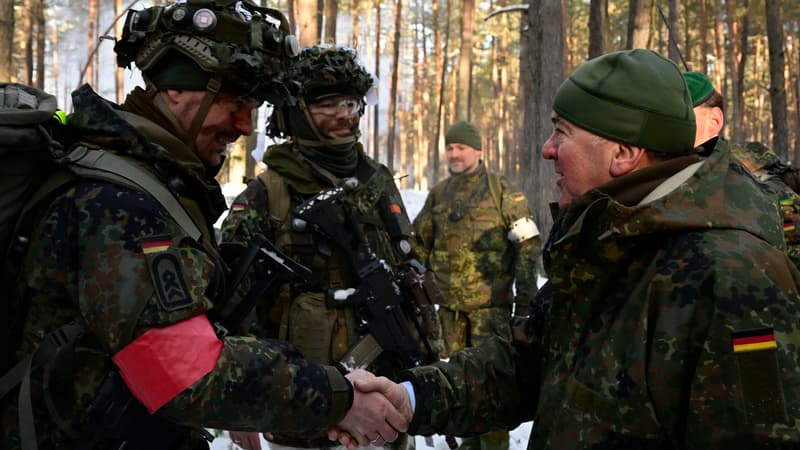We will not be able to make up for the decades-long gap in three years. In any case, Germany has not managed to do so, as two reports by German institutes, the Kiel Institute and the Dezernat Zukunft, point out.
The Kiel Institute’s statement is clear: Germany is rearming too slowly to confront Russia, which, according to Guntram Wolff, a researcher at the Kiel Institute and lead author of the report, is becoming “an ever-increasing threat to NATO security.” This researcher is also one of the experts at the Brugel Institute and recently wrote a “memory” for the future defence commissioner, a post entrusted to the Lithuanian Andrius Kubilius on Tuesday.
A war economy that starts slowly
The report takes into account the decline in stocks between 1992 and 2021. During this period, the number of tanks in the Bundeswehr fell from 6,684 to 339. In the same period, the number of howitzers fell from 3,214 to 121, and the number of combat aircraft fell from 553 to 226. Ukraine, which began on February 24, 2022, did not lead Germany to enter war economy mode as quickly as possible, the report notes. In the other countries analysed in the report (France, the United Kingdom and Poland), the decline is not as significant.
Over 30 years, Berlin has reportedly saved around 500 billion euros at the expense of its German military spending, which is considered “largely insufficient to respond to the new strategic challenge posed by Russia”.
In 2022, just days after the Russian attack, German Chancellor Olaf Scholz announced a €100 billion fund to cover the Bundeswehr’s numerous shortcomings.
A century to return to the level
It was not until 2023, “a good year after the Russian attack on Ukraine,” that Germany began to increase its defense spending, even exceeding the NATO target of 2% of GDP. According to Guntram Wolff, “It would take Germany up to a century to recover its military inventory to the level of twenty years ago.”
In detail, at the current pace of acquisitions, it will take Germany 15 years to restore 2004 capabilities for fighter aircraft, 40 years for tanks and 100 years for howitzers.
A worrying timetable considering that Russia has significantly increased its weapons production capacity. Moscow “could now produce in six months as many weapons as all the German armed forces in service,” says the author of the report.
This concern is shared in Germany by the think tank Dezernat Zukunft. The organisation estimates that Berlin must increase its defence budget by 100 billion euros to reach and exceed the threshold of 2% of its GDP for arms. Only a year ago, Germany was far from this target and only 1.49% of its GDP was spent on defence.
Maintain NATO’s 2% target
Despite a tight budget deal reached last June due to Germany’s constitutional debt limit, the defence budget will increase by 1.2 billion euros this year, the Euractive website reported. An amount considered insufficient by the coalition partners, the centre-left SPD, the Greens and the liberal FDP. Defence Minister Boris Pistorius has demanded an additional 6.7 billion euros by 2025.
The future of this strategic industry is bleak. The 100 billion euro defence fund announced in 2022 will be exhausted in 2028. To maintain NATO’s 2% target, Berlin will have to increase its budget from 52 billion to 80 billion euros in 2024. For the German press, this situation is nothing less than a “state failure”.
Source: BFM TV


